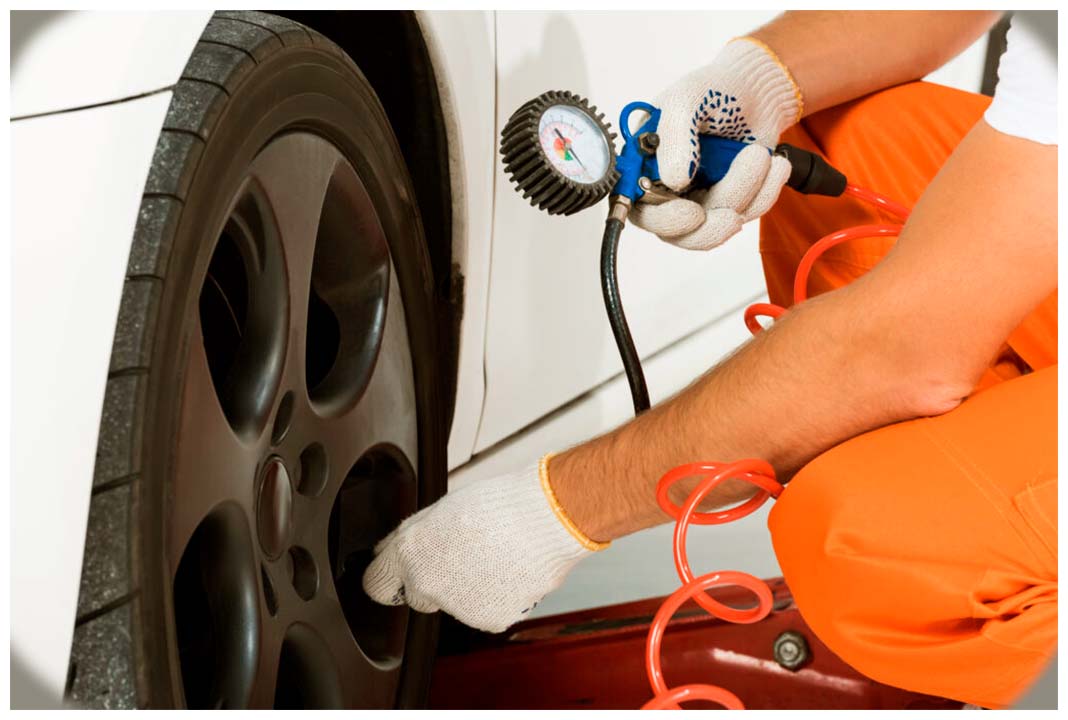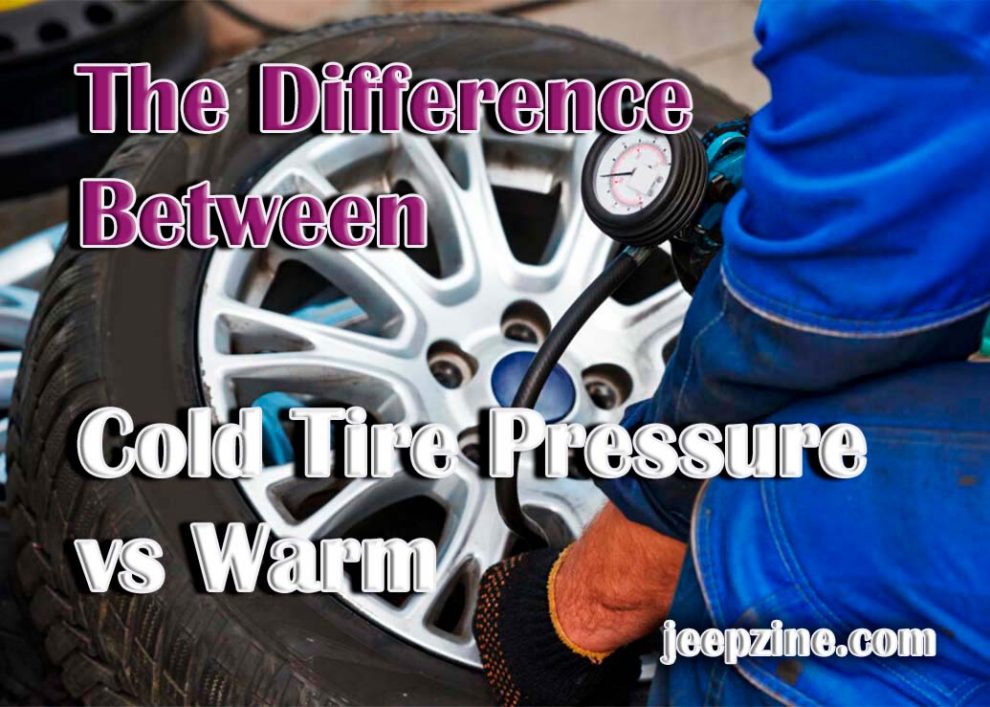Proper tire pressure is essential for safe and efficient driving. When it comes to proper inflation, there is a key distinction between cold tire pressure and warm tire pressure. It’s important to know the difference between the two, how the temperature affects tire pressure, and how to properly inflate your tires. In this article, we’ll discuss the differences between cold and warm tire pressure as well as answer some of the most common questions about it.
What Is Cold Tire Pressure?
Cold tire pressure refers to the pressure of your tires when the car has not been driven for several hours or has been at a standstill for some time. The cold tire pressure is listed on the sidewall of each tire and should be noted before inflating or deflating your tires. It is important to note that cold tire pressure is the most accurate as it has not been affected by temperature or driving.
What Is Warm Tire Pressure?
Warm tire pressure is the pressure of your tires after the car has been driven for a significant amount of time. Heat from the road and friction caused by driving will cause the tire pressure to increase slightly. The exact amount of increase in warm tire pressure can vary depending on the temperature, road conditions, and driving habits. It is important to remember that warm tire pressure is not as accurate as cold tire pressure and should only be used as a reference when adjusting your tires.
Temperature Effects on Tire Pressure

How to Properly Inflate Your Tires
To properly inflate or deflate your tires it is important to use a tire pressure gauge. Tire gauges can be easily found at most automotive stores and will provide an accurate reading of your tire pressure, allowing you to adjust accordingly. When your tires are cold, inflate them according to the manufacturer’s recommended levels listed on the sidewall of each tire. When inflating warm tires, it is recommended that you reduce the cold pressure by 4 PSI.
Conclusion
Knowing the difference between cold and warm tire pressures can help you ensure that your car is running safely and efficiently. Make sure to always use a gauge when adjusting your tires to get an accurate reading. If you are still unsure about proper tire inflation levels for your specific vehicle, consult an automotive specialist for help or check the manufacturer’s website for more information.
In the event that you wake up to find one of your tires has gone flat overnight, it is essential to know how to address the issue. Read how to fix a tire that went flat overnight to learn how to identify the cause of the flat tire and take appropriate steps to repair it. This knowledge will help you minimize the impact on your daily routine and keep your vehicle running safely and efficiently.


Add Comment